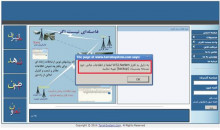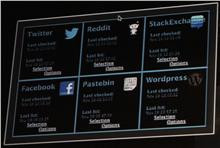If you need to find large attachments on Gmail quickly, you have a few options at your disposal. You can for instance use the Find Big Email service which automatically goes through all of your emails to sort them by size into groups. The program labels the emails accordingly so that you can quickly display all emails with attachments that are over a certain size.
While that is certainly handy, it means that you have to authorize the service for the operation, something that not all Gmail users may want to do considering that emails often contain important data that no one else should have access to.
Back then I explained how you can use a third party email program like Thunderbird to sort emails by size automatically, which is really helpful in this regard. While you need to install and configure the program first, you can display the sizes manually and without third party help.
There is however another option that you can use on Gmail’s website directly. The undocumented parameter size: enables you to display emails that are larger than the specified size. Use that together with a keyword, e.g. work, the name of a contact or an email address, and you have a filtering system that is easy to use and at the same time very efficient.

The size needs to be entered in bytes, a few examples are size:1000000 for files larger than 1 Megabyte, size:100000 for files larger than 100 Kilobyte or size:10000000 for attachments larger than 10 Megabyte. It is technically not fully correct, as one Megabyte is 1048576 Bytes, but that would make things more complicated as they should be. Just add keywords, email addresses or names to the search phrase to find the emails that you are looking for.
The size parameter can be really useful for a number of operations, for instance to delete large emails to free up space, or to locate a specific email that you know had a large attachment attached to it. (via TechSmog)
Original news article at https://www.ghacks.net on November 09, 2012 at 05:04PM







